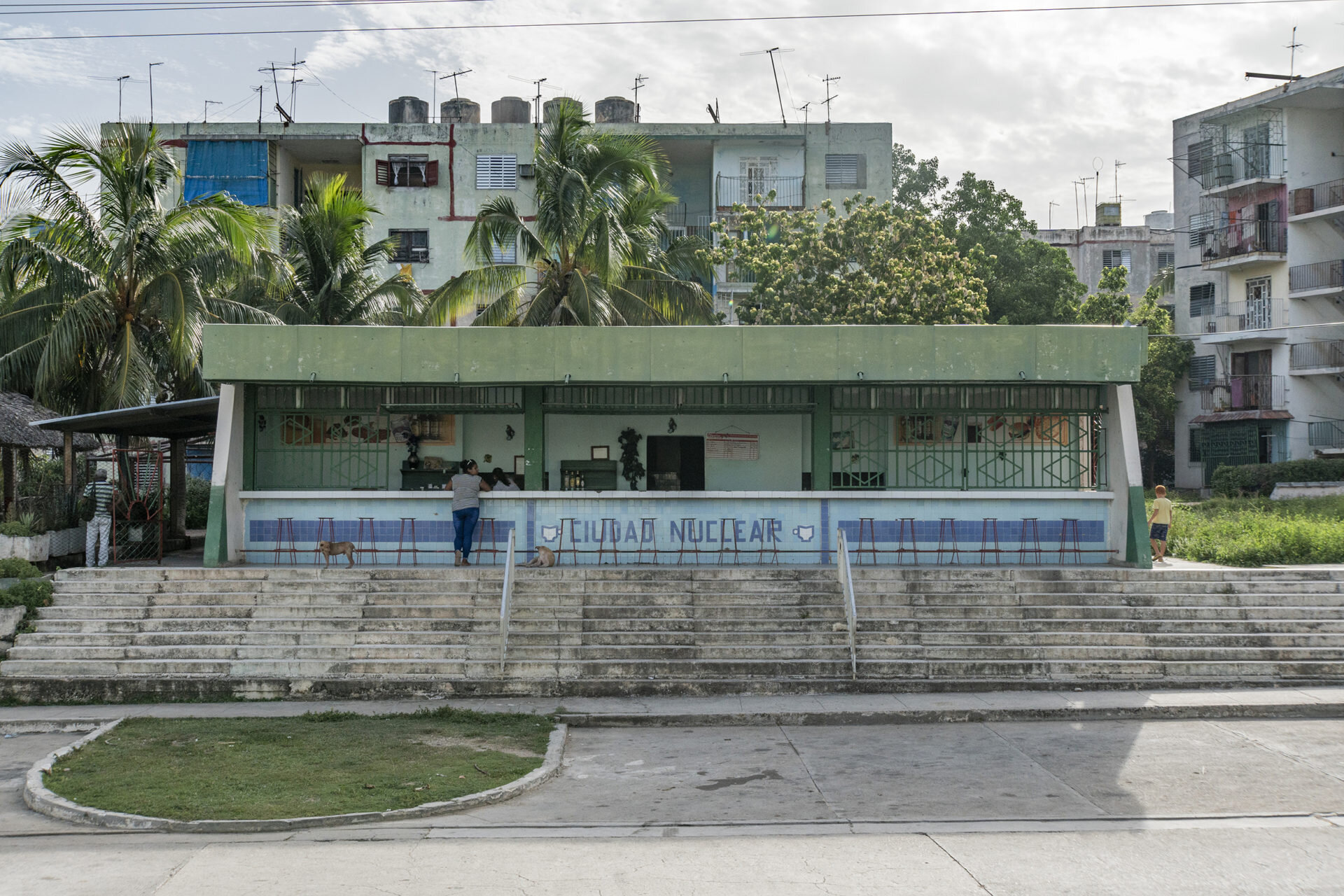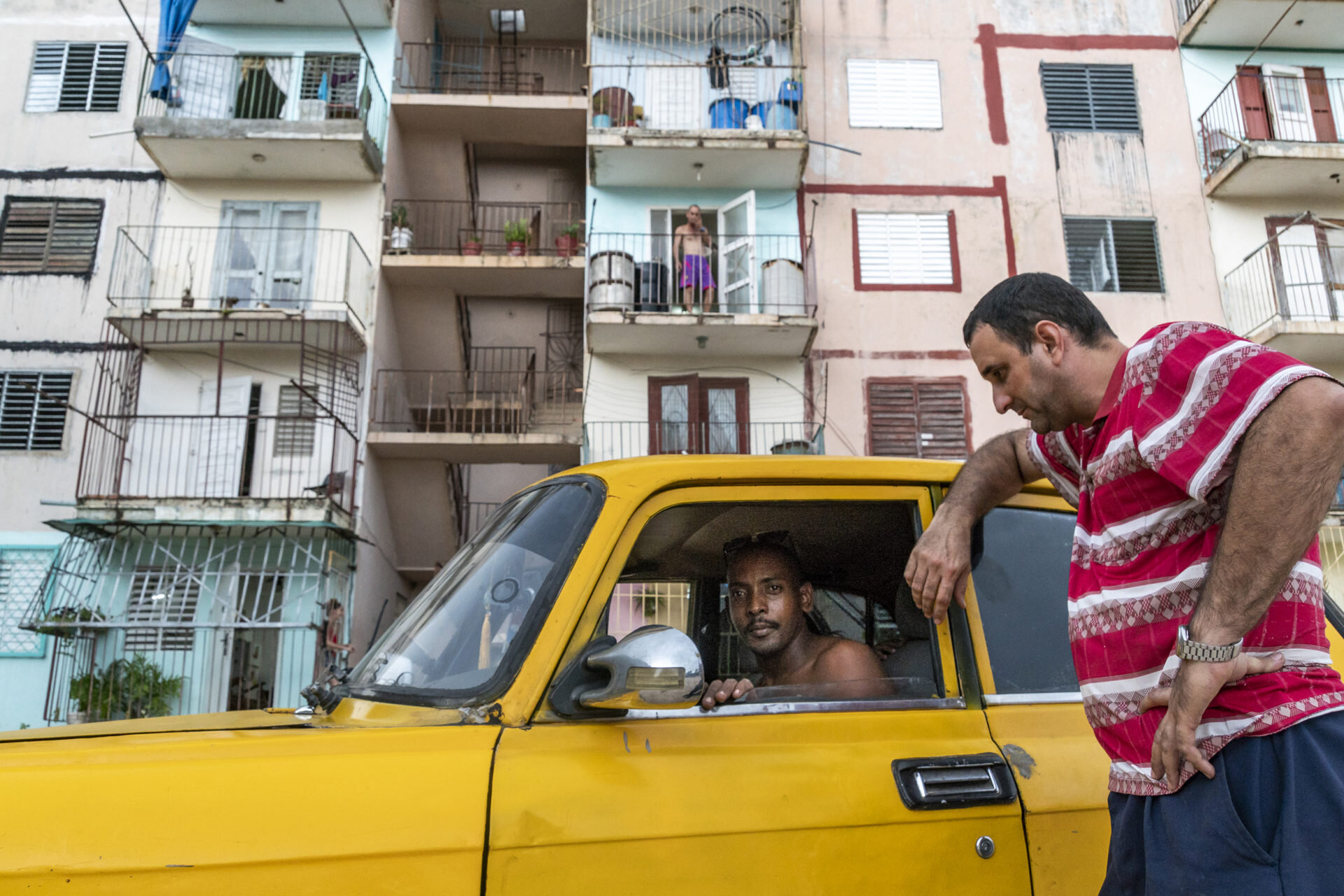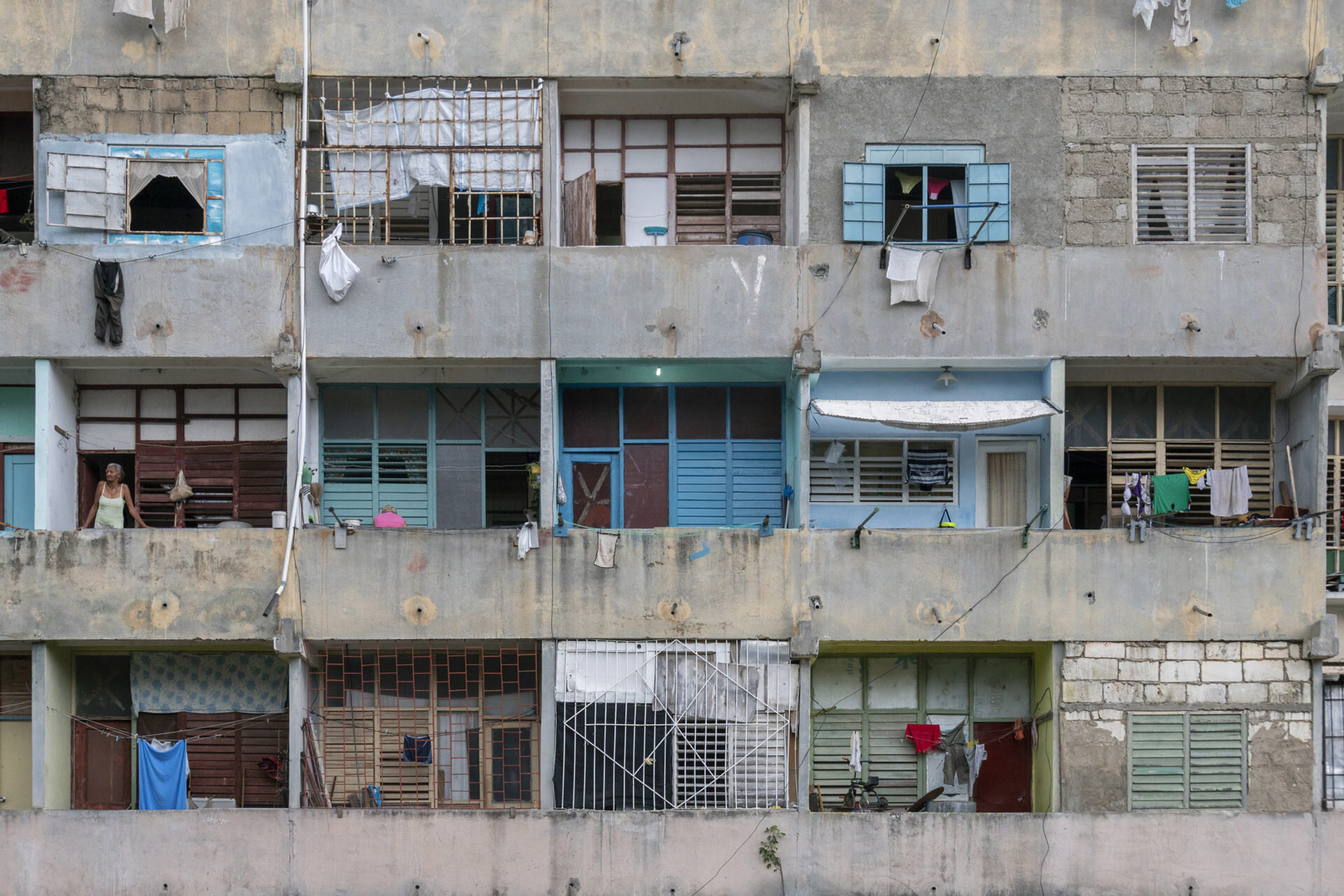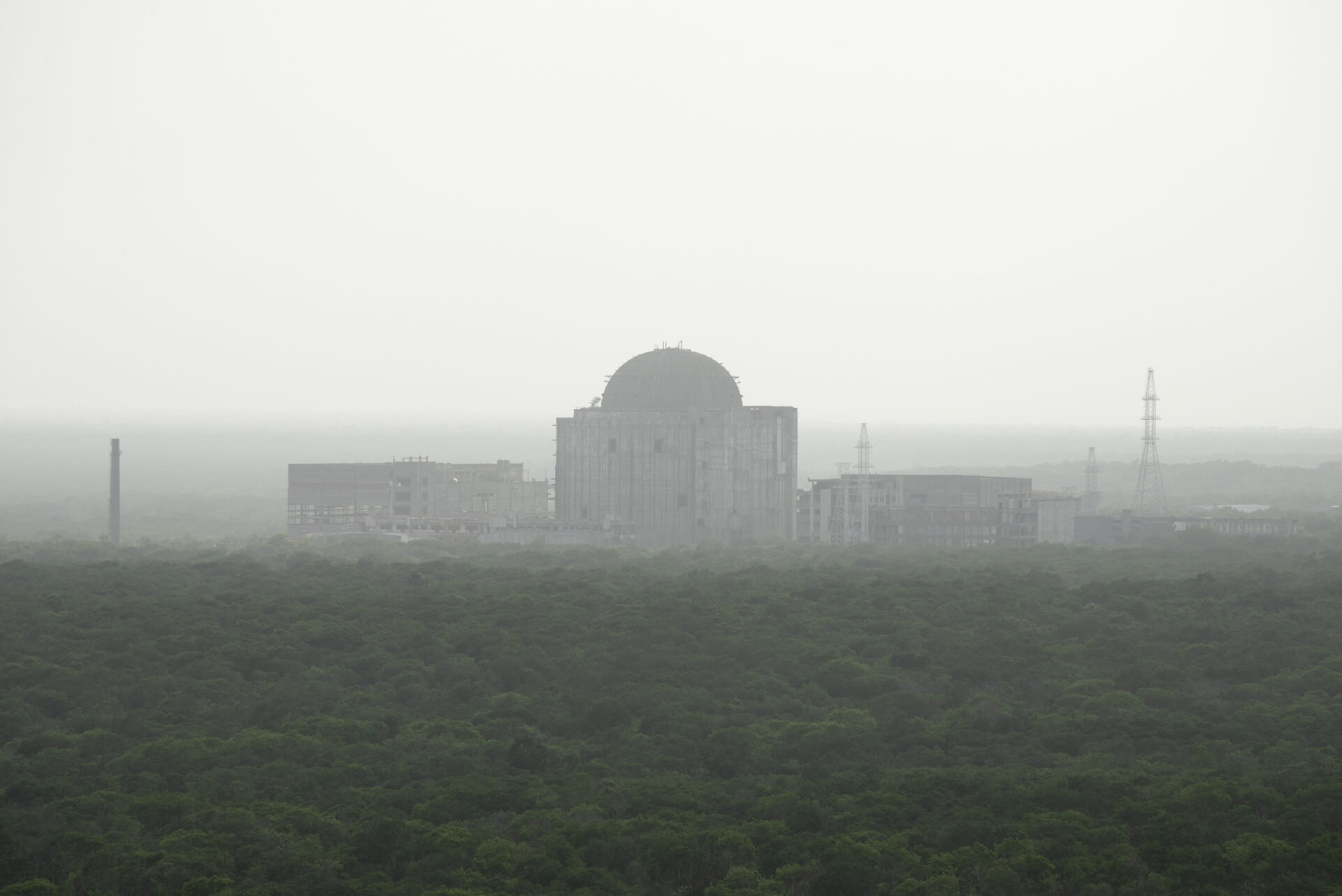The Way(s)
/By Ashley Moore:
You are a fraud for entering the cathedral without hiking boots. A fraud for arriving without a sweat-stained backpack you haven’t been lugging along northern Spain’s Camino de Santiago for weeks on end. Nevermind that you recently put your own sweat and tears into 110 kilometers of the Peruvian Andes, or that you finished your first fourteener there at Abra Mariano Llamocca pass, or that you do not need a cathedral at the end of the journey to know that these long-term treks are their own type of religion, one that relies on a fanatical belief in your own two feet: no horses, no mopeds, no cheating. You will recognize the all-too-familiar zealotry of the wanderers as your own, but in Santiago you still feel like a day-tripper, a fraud.
You know the stories of The Way secondhand, some of them from the plane ride in. How modern-day pilgrims begin the trek solo only to form impromptu families that are just as quickly dissolved when hikers decide on their own pace, their own personal Caminos. The camaraderie in the communal songs sung as payment for dinners at the low-cost albergues many trekkers overnight in, how these same people may never encounter each other again. The time and space that the walking provides, the transformative, even spiritual, effect of the voyage on religious and non-religious pilgrims alike. You feel the energy pulsing beneath their fluorescent-colored all-weather outdoor gear, the triumph of the body and mind over the weeks of walking, a mixture of joy and sadness that the journey has been completed, but is also at an end, as they make their way to the final stop of the trek: the Cathedral of Santiago of Compostela.
From the outside, the cathedral feels tiredly familiar. There is a part of you, having seen so many of these, that has bored of this mixture of architectural styles, the ages of renovations running into and over each other, the 11th century Romanesque and the 18th century Baroque, the masterfully crafted yet predictable stone reliefs of Biblical scenes adorning nearly every surface of the structure’s façade. Inside, you expect more of the same.
Maybe it’s the way the light changes as you move out of the sun and into shadows, which are only ruffled by the flicker of dozens of candles and the smoky incense wafting from some unknown source— the nearly two-meter tall, gold-sheened Botafumeiro hanging unused above the altar. Maybe it’s all the tragedy, that emaciated Jesus, limp upon the cross, an especially foreboding skull staring directly at you from beneath his punctured feet. Or perhaps it’s the knowledge that at this very moment, you are looking at the silver case in the underground crypt that holds the bones of St. James.
Here, deep inside the cathedral, you and the brightly-colored pilgrims are all frauds. This place belongs to the true believers, whose energy seems to puncture and slice through the gloom. Theirs are not the glad smiles of the hikers, but the fervent conviction of bent knees on stone floors, of clasped hands held so tightly against bent heads that it almost seems as if you can see the blood beating through the wrist veins.
An instinctual urge to join them comes suddenly, unbeckoned, with the speed of a tsunami. A natural disaster that cannot be predicted or charted like a hurricane, one that has no tornado season or government-installed alarms. The kind of thing that comes from a deep upheaval of earth and rock and water producing a wave, 20-meters high, threatening to smash into you and all these years of agnostic exile.
You stand there too long— not transfixed in awe, but immobilized by the shock.
You leave the crypt but not the feeling. Near the altar, you find walls covered in washed-out medieval scenes of horses, scallop shells, and eight-sided stars. The faded blue and red hues complement the 3-D geometry of the marble floors. You reach out to touch the cream-colored shells painted onto those walls, the same shells that pilgrims have gathered along the Galician coast for centuries as proof of their completion of The Way. You pull your hand back before you can disturb the art and turn, only to find Christ – dead again on the cross – and another Christ – still dead – in the arms of Mary and his disciples. Amid the gold and the marble and the lacquer that turns his face pallid and frail, Jesus always seems to be already extinguished here.
You finally begin to come back to yourself. No living God could ever call this place home, his love abandoned by his people, no apologies for the burnt stakes or bombed hills, the altar boys or unwed Oklahoma girls secreted off to abortion clinics in order to be married in white, the “rehabilitation” of same-sex attraction. God was forced out of this place a long time ago. All that remains here are the red robes and starched white shirts of the men who ran him out. Them and their relics: the kneecaps and femurs and severed heads of saints and apostles. All the church’s evidence, stamped and approved by its own authorities. An autohistory on repeat, slowly calcifying under the pressure of time into something that they can call proof.
You do not want their evidence. You want to join the believers, to feel the conviction of your youth. You want to kneel. It’s an ache, a fundamental need to know the communion with God you once felt in prayer, that otherworldly plane of being you’ve only ever been able to replicate in meditation. You want to believe not just in that God of your youth, but in the only living things in this place: his people.
Garish gold angels look down on you from the altar. More smoke hovers near the winged pipes of the organ, the Botafumeiro impotently hanging, so heavy and so high. The candles, you notice, are all electric, activated by slipping coins into slots, as if this were an arcade. Behind them, the severed saints’ heads are hidden away in gold-sheened boxes, kept behind intricately-designed bronze bars, in the shadows, off-limits, and, for all you know, long-ago turned to no more than dust in their beautiful encasings.
You won’t kneel, but you still talk to him, unconsciously, the way you’ve always talked— like old friends, apologizing for the time it’s taken to get back in touch. You tell him it’s been so long that it’s almost like he doesn’t exist. You ask him where he went, why he didn’t call. You probably cuss at him, and then apologize for cussing, and then thank him for forgiving the cussing and the doubt. You tell him you’ve missed him, that it hurts to see him there – it always hurts to see him there – all locked up in the stones they’ve carved him into, bleeding in eternal enameled submission to their image of him.
You know it’s unlikely and that there may well be a special circle of hell for this kind of thing, but you still ask him to come with you, wherever he is. You want the pilgrims to find him living in the sunsets along the Camino, the same way you thought you saw him in that baby sheep that wouldn’t stop following you outside of Yanama as you made your way up that 5000-meter pass in the Andes, in the few minutes that Salkantay’s peak broke free of the cloud cover at the exact moment you made it to the top. You want him to live in the impromptu harmonies of the pilgrims’ amateur songs, in the urge they have to sit a few days out, to stay in one place for long enough to sing new harmonies and form new families. You want him to be found along all of The Ways.
Outside, you are relieved by the brightness of the sunlight and the glad chaos of the fluorescent-tinged tourism. In the large, flat square that opens out before you, cameras click and selfie sticks abound. You rejoin the wanderers, none of you frauds. You take your own photos of 11th-century doorways so short that they only come to your shoulders and notice that the large, centuries-old stones at your feet seem to be opening out as the waters and winds of time work them over. There, among the gaps, are the modern-day bronze versions of the ancient seashells that have marked the Camino’s path for everyone who’s ever walked this way. At the windows of the cathedral, and even along the walls, young green leaves seem to burst right out of the stone. Maybe someday they will be bushes or trees. You wonder how they managed to sprout there, how deep their roots can go before the marble starts to crack. You wonder how long they will be allowed to grow.
***
Originally from Oklahoma, Ashley Moore is a writer, editor, and educator based in Bayreuth and Berlin. She is a fiction editor at SAND literary journal and teaches at the University of Bayreuth. Her flash fiction was chosen for Wigleaf's Top 50 Very Short Fictions of 2018 (selected by Manuel Gonzales), and her other prose can be found in The Rumpus, Hobart, Monkeybicycle, and other publications.















